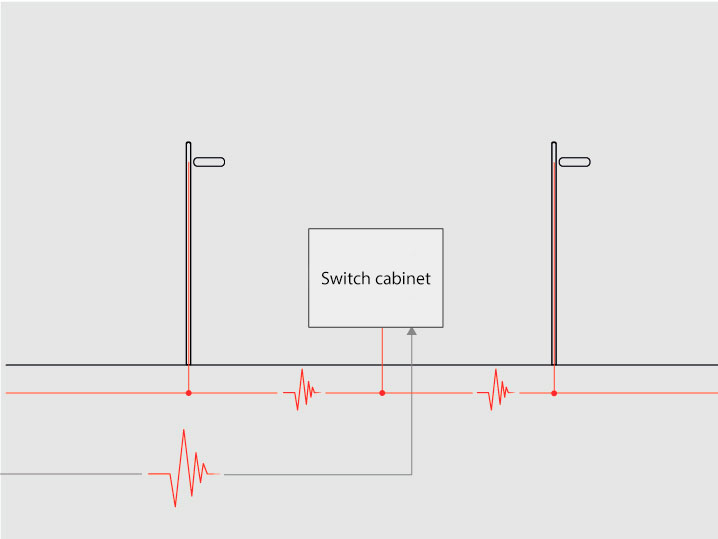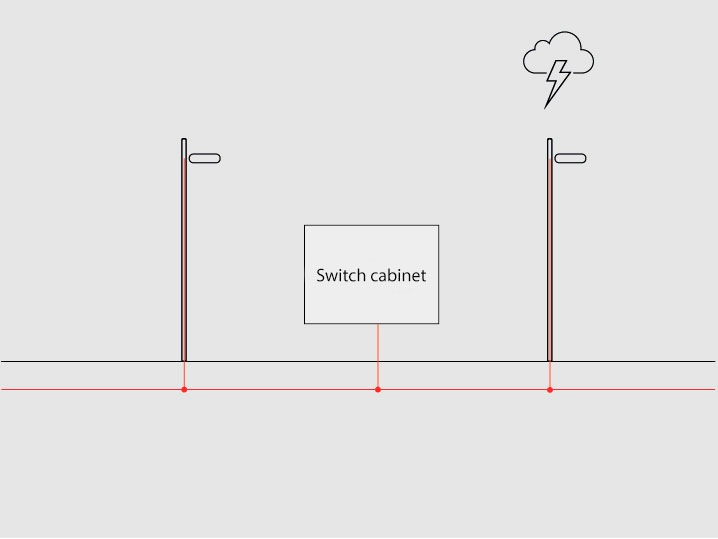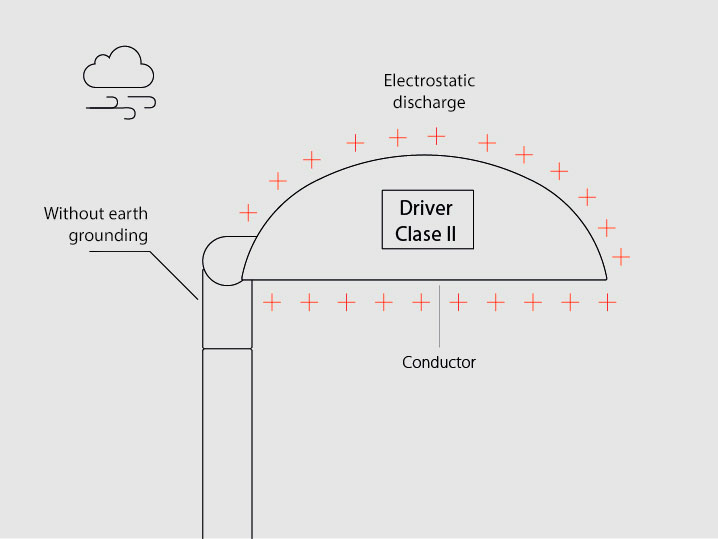Press contact:
Julio Aparicio
ATP Lighting
comunicacion@atpiluminacion.com
Copyright © 2016 ATP Lighting Inc. All rights reserved. ATP Lighting, the ATP Lighting logo and all trade names listed on this website with the ® symbol are registered trademarks of ATP Lighting.






![[...]](https://www.atpiluminacion.com/xtra/imgs/loading.gif)